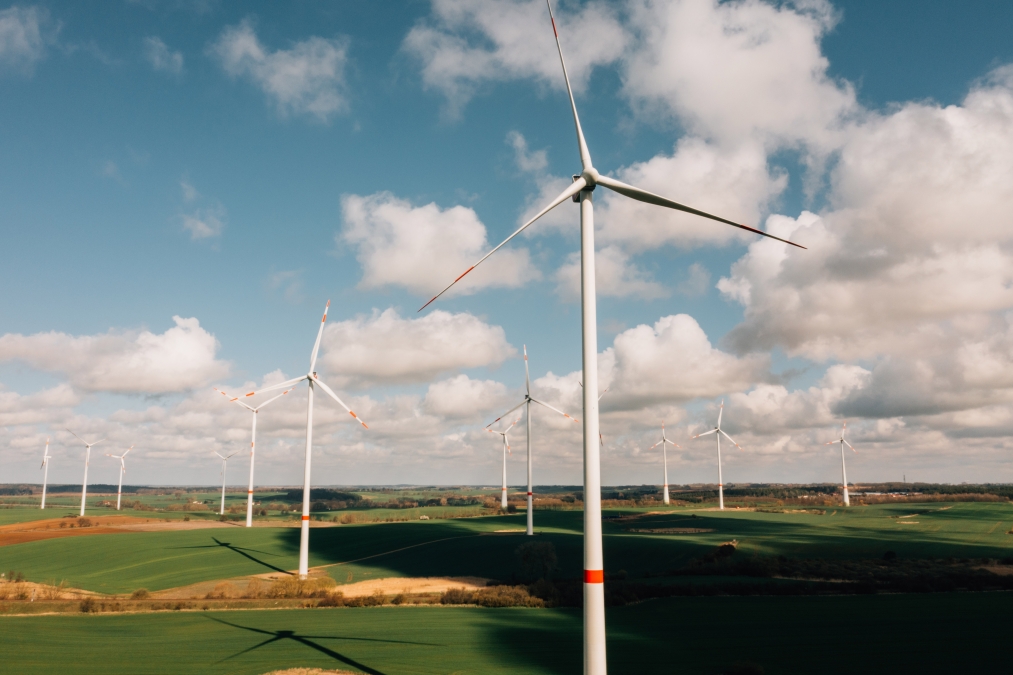ENERTRAG supports Dii study on the bankability of H2 projects
ENERTRAG contributed its technical expertise to the creation of the new report “Unlocking the hydrogen economy: how Common User Infrastructure drives project bankability” by Dii Desert Energy. The study shows how Common User Infrastructure (CUI) is becoming an essential lever for reducing the financial, legal and technical complexity of large-scale green hydrogen and derivatives projects. Other collaborators included Hydrom, Addleshaw Goddard and the ILF Group.
The report will be presented at the 15th Dii Desert Energy Summit in Dubai on November 6, 2025.
A key finding of the study is a novel regulatory framework that divides the complexity of Common User Infrastructure into three manageable risk categories.
This structure provides project developers, investors, and authorities with clear decision-making pathways on how CUI models can be designed to make projects bankable and profitable:
- Traditional Risks: Standard challenges in large infrastructure projects with existing legal precedents.
- Complex Risks: Known risks, such as "project-on-project risk," that are amplified in a multi-user hydrogen hub.
- Novel Risks: Hydrogen-specific challenges requiring new legal frameworks, like product certification and state aid rules.
“Developing Common User Infrastructure is a practical step toward making hydrogen projects financially viable. When access, ownership, and operating standards are clearly defined, investors gain the confidence to move from plans to execution. This approach creates a stable environment where projects can progress collectively, infrastructure is efficiently utilized, and long-term value is realized for the wider economy”, Eng. Abdulaziz Al Shidhani, Managing Director of Hydrogen Oman.
With its many years of experience in green hydrogen markets such as Namibia and Jordan, ENERTRAG has contributed concrete technical and regulatory insights. In both countries, the company supports authorities and partners in designing practical CUI approaches, simplifying approval processes, and increasing investment security. These insights have been incorporated into the case studies and recommendations for action in the report.
Manuel Geiger, VP and Head of International Business Development at ENERTRAG, explains: “The technical and commercial structure of a CUI is a major differentiator of potential hydrogen production markets. We therefore work closely with the relevant entities in partner countries to jointly develop a framework that allows for increased bankability and cost competitiveness in a market where projects compete globally.”
The report backs up these findings with examples from Namibia, Oman, Jordan, and Morocco and shows how CUI models can be designed in a location- and strategy-specific manner so that large-scale projects can be implemented more quickly and risks can be managed in a targeted manner.
“Common use infrastructure is widely stated as key factor to make large scale renewable energy and hydrogen projects bankable. Different models and practical case studies guide us on how this barrier can be overcome”, emphasizes Cornelius Matthes, CEO of Dii Desert Energy.
With this report, Dii Desert Energy and its collaborators are providing a concrete blueprint for the next generation of green hydrogen projects, and ENERTRAG will continue to contribute its expertise to turn visions into reality.
The full report can be accessed free of charge under https://dii-desertenergy.org/publications/.




